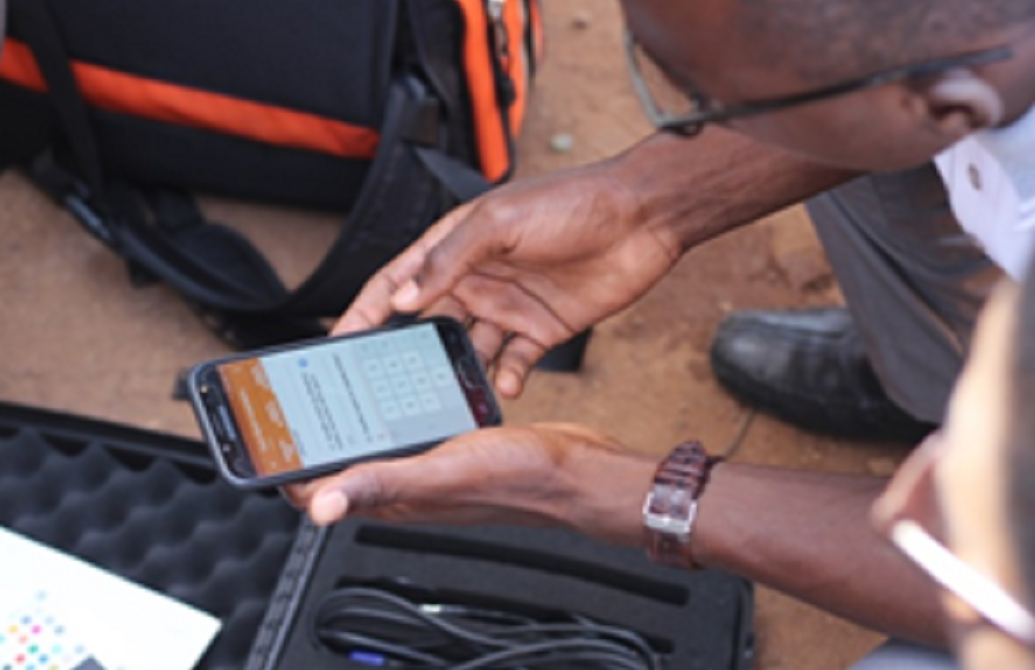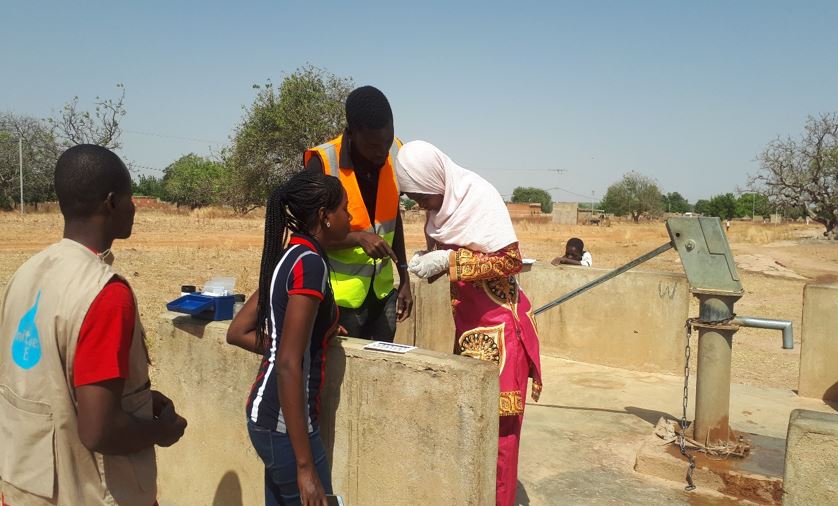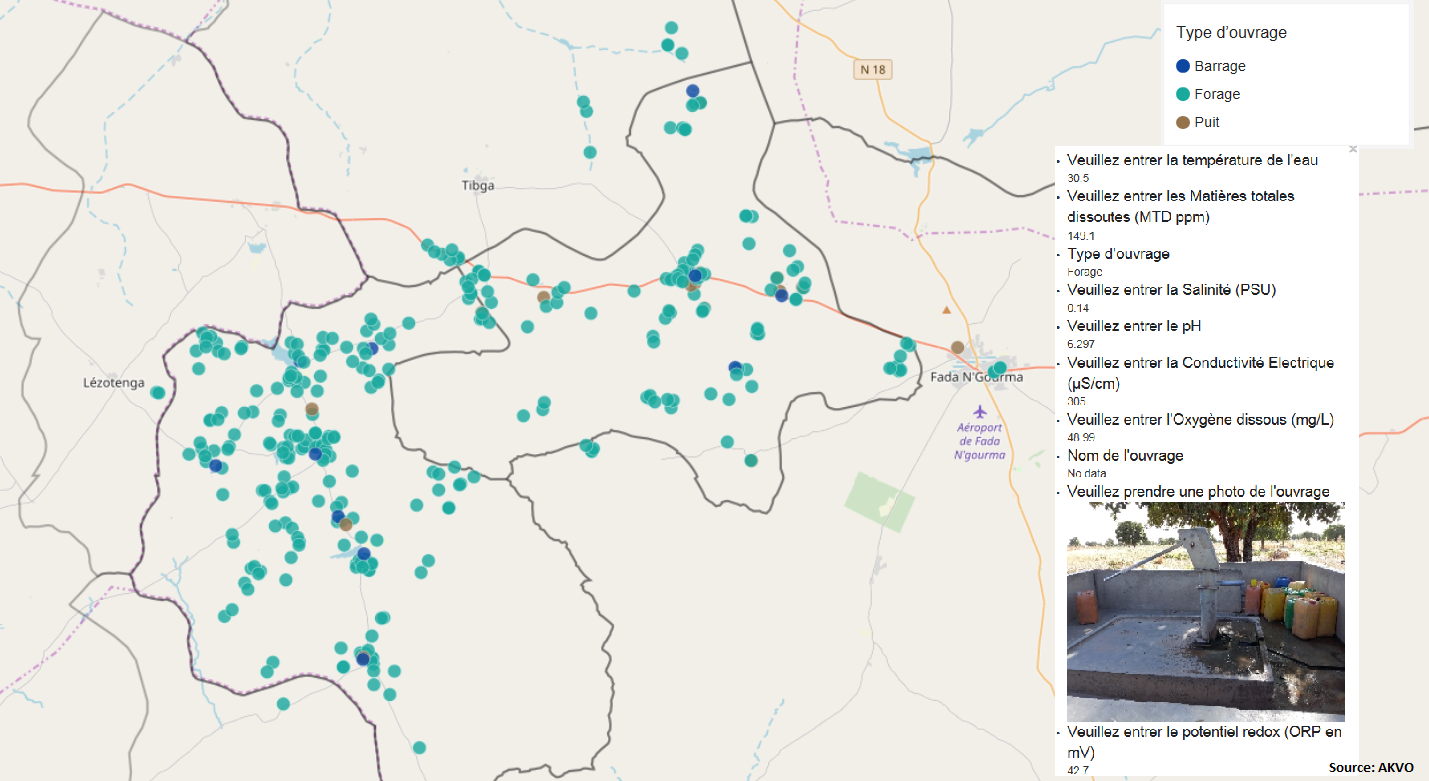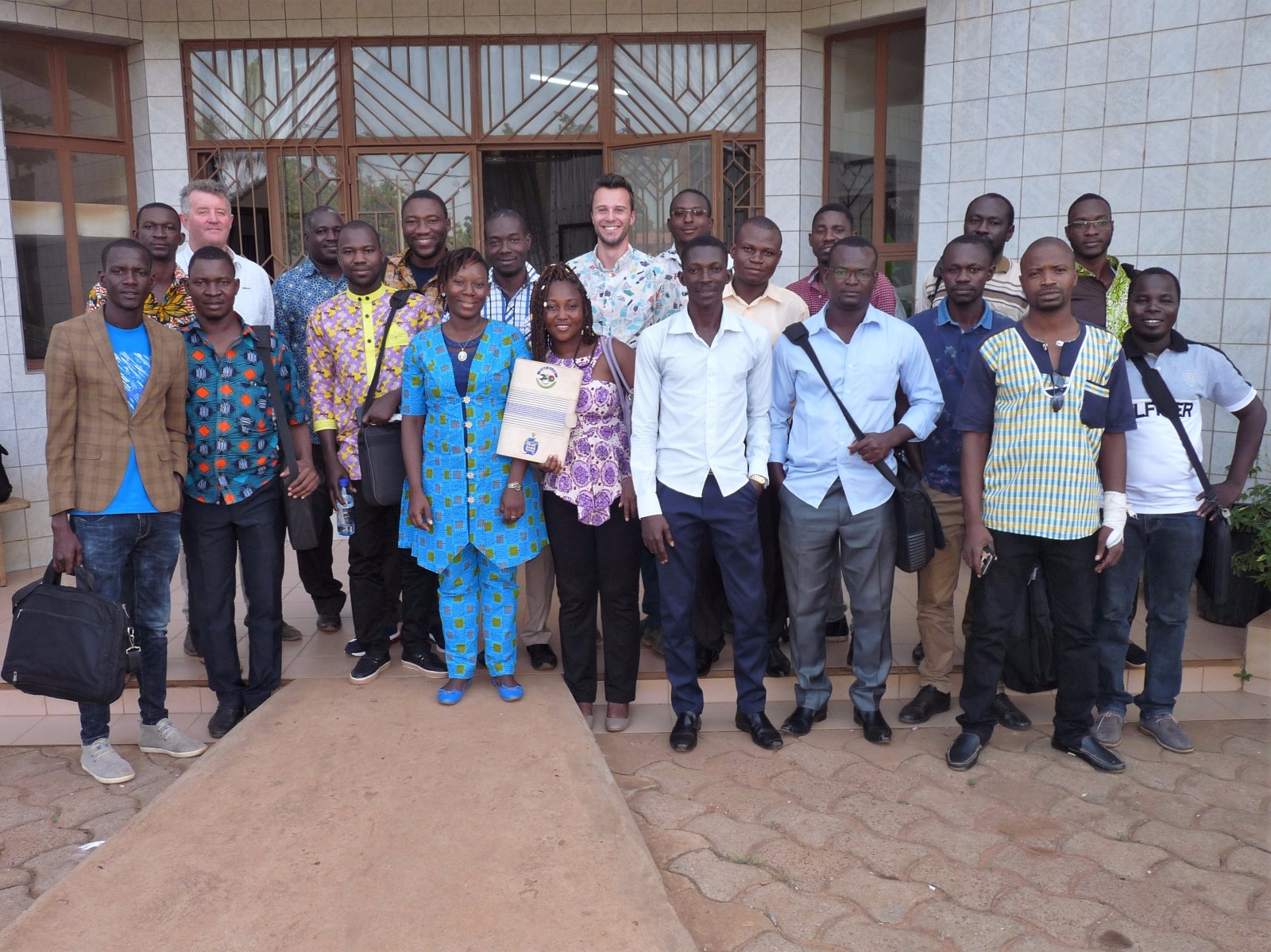First Blue Deal pilots in Burkina Faso successfully completed!
04 March 2019In recent decades, water-related disasters have affected increasing numbers of people, ecosystems and businesses worldwide. Dutch Water Authorities, The Ministry of Foreign Affairs and the Ministry Infrastructure and Water Management are therefore joining forces to bring Dutch water expertise to local water authorities all over the world to support them with a wide range of water issues. This joint programme is known as the Blue Deal. Faso Koom is currently developing a number of Blue Deal projects in amongst others Mali, Burkina Faso and Ethiopia. Most Blue Deal projects consist of small-scale interventions. To test the effectivity of these interventions, seven pilot projects in Mali and Burkina Faso were designed and implemented over the period of October 2018 to March 2019. World Waternet provides an overview of two of these pilots that have been successfully completed in Burkina Faso.
By Ewoud de Jong Posthumus, World Waternet Project Coordinator Burkina Faso
Pilot 1: Water quality monitoring network
As part of Faso Koom a pilot project is conducted to support the Agence de l’Eau du Gourma (AEG) with the surveillance monitoring of water resources through the integrated collection, analysis and sharing of water quality data. The project contributes to the ambition of the AEG to establish a water quality monitoring network for sampling of surface and shallow groundwater to assess the impact of deteriorating water quality. Innovative techniques are tested which include; the Akvo tools for data collection (Caddisfly), data management (Flow), and visualisations (Lumen) and two professional portable multiparameter water quality meters. Dutch water experts; Carli Aulich (Noorderzijlvest), Joost Stoffels (Waternet), Bert Jager & Ronald Leraar (Hunze en Aa’s) and Bart Engels (Aa en Maas) have brought a great deal of know-how and experience on the technical and strategic aspects of the project.
In November and December 2018, a team of administrators and enumerators of the Regional Water Authority Gourma measured the water quality of 337 water sources (boreholes, wells and reservoirs) in the districts of Diapangu and Diabo. These include physical, chemical and bacteriological parameters, inter alia, E-coli, Arsenic, nitrates/nitrite, conductivity and pH. Based on colorimetry, sensors and microbiology, an overall indication of basic quality parameters are obtained. The cloud-based data management system provides a great solution to the fragmented and locally stored data of the water agency. It enables AEG to securely store their data, which is easily accessible and exchangeable via the online dashboard.
The quality assessments allow the AEG to identify contaminants that could potentially cause problems to the health of ecosystems and safety for human and animal consumption. Based on the indicative assessment the AEG can take informed decisions in consultation with relevant stakeholders. Remedial action shall be taken, where necessary, to improve the quality of water to a level which complies with requirements for the protection of human health and the environment.
 Figure 1: quality monitoring with Akvo Caddisfly
Figure 1: quality monitoring with Akvo Caddisfly
As of the start of the project a Platform for water quality is established, which centres on knowledge and data exchange. The platform unites governmental and non-governmental organisations including : l’Agence de l’Eau du Gourma, The Direction Régionale de l’Eau et de l’Assainissement de l’Est (DREA-Est), Akvo, Initiative Eau (I :EAU) and REGIS-ER. In unity, there is strength, which has once more proven itself. Thanks to this initiative, platform members benefit from their complementary strengths and promote greater effectiveness of their respective work. NGO Initiative Eau made quality data available from more than a hundred water sources in Fada n'Gourma and offers support on sampling, REGIS-ER has provided laboratory results of 49 water sources, and DREA-Est is considering to complement the data base with advanced analysis of water points which turned out to have a negative scoring on drinking water parameters. The advanced analysis forms a reliable basis for DREA (the responsible authority for compliance monitoring of drinking water sources in rural areas) to take action.
 Figure 2: staff of the Agence de l’Eau du Gourma (AEG) is taking a water quality sample at one of the water resources using the Akvo Cassifly tool
Figure 2: staff of the Agence de l’Eau du Gourma (AEG) is taking a water quality sample at one of the water resources using the Akvo Cassifly tool
In March 2019, a feedback workshop will be organised to discuss the results of the project with the project partners and the department of the Ministry of Water for Integrated Water Resources Management. The Dutch Water Authorities have high hopes that the results will be positively received at national level and that it will contribute to the ongoing debate on shifting the mandate of surveillance monitoring of water resources from national level to the regional water authorities in Burkina Faso.
Monitoring of water quality and quantity and development of information systems is a component of the Faso Koom program in Burkina Faso. Faso Koom (meaning “water of the fatherland” in the local language Moore) is a cooperation program between a consortium of five Dutch (including World Waternet) and five Burkinabe water authorities. The program contributes to improving Integrated Water Resources Management (IWRM) in order to support the water authorities in, amongst others, addressing the severe challenges the country faces in meeting primary water demands for both drinking and irrigation water.
 Figure 3: Map with overview of water quality of 337 water sources (Akvo)
Figure 3: Map with overview of water quality of 337 water sources (Akvo)
Pilot 2: Water allocation
As water availability is limited due to Burkina Faso’s semi-arid climate, it has a direct impact on the livelihoods of people and land productivity. Increasing competition over limited water resources can result in local conflicts and rural out-migration. In the light of conserving and using water resources sustainably a pilot project was designed with five water agencies (Cacades, Gourma, Liptako, Mouhoun and Nakanbé) to train technical team members on water allocation modelling that will help improve decision-making on the preservation of the water resources. Dutch water quality experts closely collaborated with the French Water Authorities to share know-how and expertise on this subject. French water experts, under the flag of the International Office for Water already started to give an introductory training on water allocation modelling with the Water Evaluation And Planification system (WEAP), which is a software tool for integrated water resources planning.
 Figure 4: Participants of the training on hydrologic water allocation modelling using the WEAP software
Figure 4: Participants of the training on hydrologic water allocation modelling using the WEAP software
Faso Koom expended the monitoring program from two to all five water agencies in Burkina Faso. Bertho Bulthuis (Waterschap Drents-Overijsselse Delta) and Etienne Nacoulma (expert of the Young Expert Program AEG/World Waternet) organised a three-day training on hydrologic water allocation modelling using the WEAP software. The group developed a model based on a real-life case study about an underground dam and developed scenarios that are helpful to make informed decisions on water allocation. In the training Burkinabe water experts learned how set-up water allocation models to better align the water supply and demand. The participants of the training praised the content and didactical aspects of the training programme, but indicated that they would need more training to become more experienced in setting up the hydrologic water allocation models independently. Therefore continuation of this training will most certainly be a part of the Blue Deal programme in the coming years.